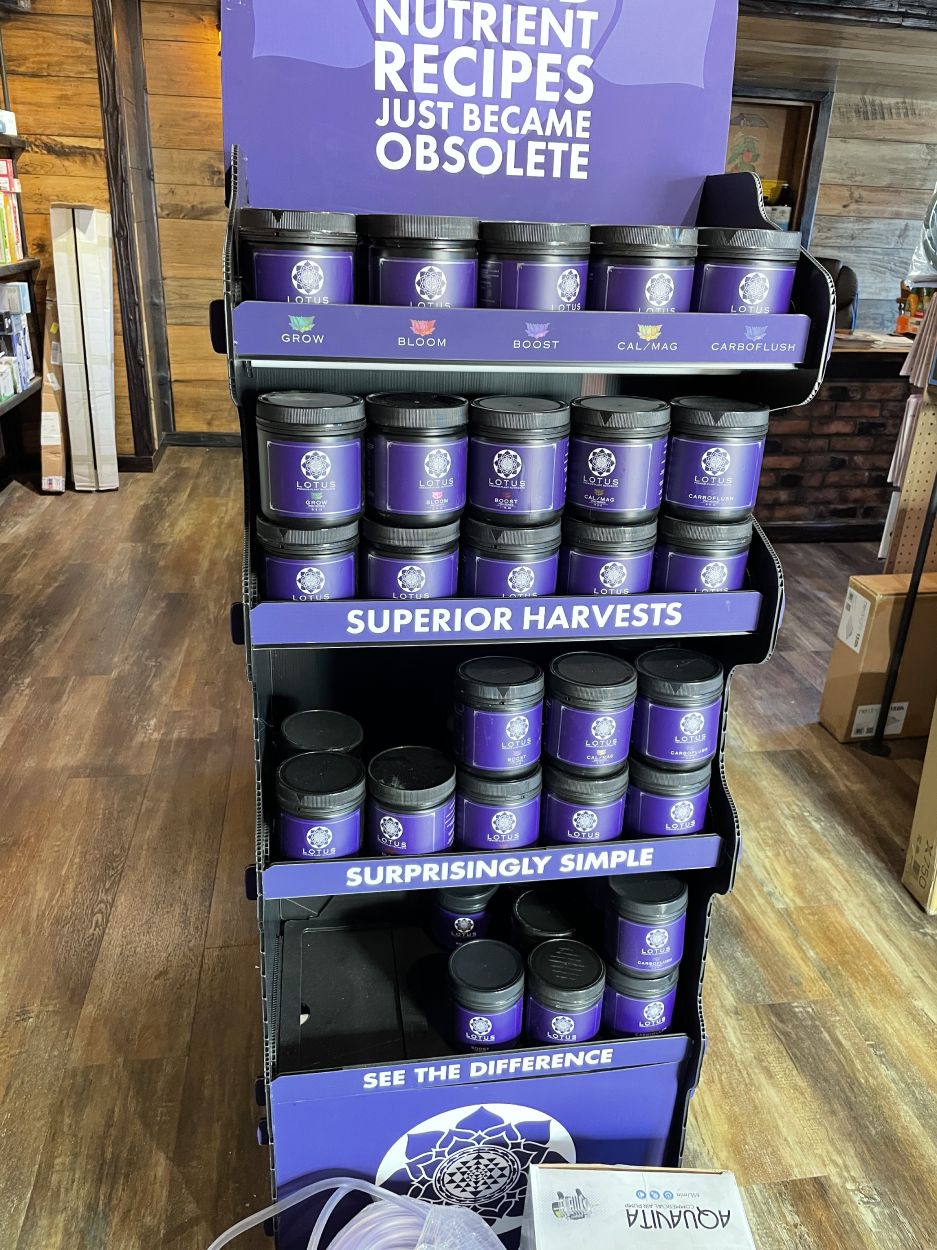Attain Gardening Success with The Indoor Earthworm's Planting Process
Attain Gardening Success with The Indoor Earthworm's Planting Process
Blog Article
Utilizing the Power of Hydroponics: a Deep Study Uses and Different Types
In the world of modern farming, hydroponics has actually emerged as a method that tests conventional farming methods by using a space-saving and water-efficient alternative. The utilization of hydroponic systems opens a world of possibilities for cultivating plants in diverse environments, ultimately influencing food manufacturing and sustainability. As we browse with the complex landscape of hydroponics, discovering its different types and applications, a much deeper understanding of its potential to revolutionize farming practices and address international food security concerns starts to unravel.
Advantages of Hydroponic Farming
Undoubtedly, the advantages of hydroponic farming are coming to be significantly recognized in contemporary farming methods. Hydroponic farming offers various advantages over standard soil-based farming. One of the key benefits is water effectiveness; hydroponic systems use up to 90% much less water compared to traditional farming approaches. This decrease in water usage is crucial in combating water scarcity issues around the world.
Furthermore, hydroponic farming permits better control over nutrient levels, causing faster plant development and higher returns. By supplying important nutrients straight to the plant origins, hydroponic systems advertise much healthier and a lot more robust plant growth. Additionally, the regulated environment of hydroponic systems minimizes the danger of bugs and illness, decreasing the requirement for hazardous pesticides and herbicides.

Common Types of Hydroponic Solutions
One widespread type is the Deep Water Culture (DWC) system, where plant roots are immersed in a nutrient option. The Ebb and Circulation system, likewise recognized as Flooding and Drain, periodically floodings the plant origins with nutrient option prior to draining it. Wick systems, the most basic type of hydroponics, utilize a wick to passively supply vitamins and mineral option to the plant roots.
Nutrient Movie Strategy (NFT) System

One of the crucial advantages of the NFT system is its water efficiency. The Indoor Earthworm. Given that the nutrient service is recirculated in a shut system, this method makes use of considerably less water contrasted to standard i thought about this dirt farming. In addition, the NFT system is space-efficient, making it optimal for interior farming or in locations with minimal room for conventional farming
However, the NFT system needs mindful tracking and upkeep to make certain the continuous flow of water and nutrients. Any disturbance in the flow can promptly impact plant health. Generally, the NFT system supplies a sustainable and reliable method to expand plants hydroponically, specifically for plants that thrive in well-oxygenated root atmospheres.
Deep Water Society (DWC) System
Relocating from the Nutrient Movie Technique (NFT) system, the Deep Water Culture (DWC) system is a hydroponic technique that includes putting on hold plant origins straight in a nutrient solution. Unlike NFT, where origins are continuously exposed to a thin film of nutrient service, DWC plants have their roots submerged in a reservoir filled up with aerated nutrition water. The roots dangle in the nutrient option, enabling for direct uptake of water and crucial nutrients.
Among the crucial advantages of the DWC system is its simplicity and reduced upkeep demands. The constant accessibility to oxygen and nutrients advertises fast growth and higher returns. Nonetheless, DWC systems call for sufficient aeration to avoid origin rot and make sure optimal nutrient absorption. Routine monitoring of pH levels and nutrient concentrations is essential to avoid inequalities that might damage plant health.
Aeroponic System
A cutting-edge method in hydroponics growing, the Aeroponic System makes use of a misting or fogging system to provide nutrients directly to plant roots put on hold in the air. This system is recognized for its ability to promote check my reference fast development and reliable nutrient uptake due to the straight delivery of nutrients to the roots, allowing the plant to focus its energy on development instead than searching for nutrients.
One of the crucial benefits of aeroponics is its water performance, as the system uses substantially much less water contrasted to traditional soil-based cultivation methods. In addition, the precise delivery of nutrients directly to the roots can lead to higher yields and faster development rates. While aeroponics can be a lot more complicated to establish and keep compared to other hydroponic systems, its possibility for enhanced plant growth and effectiveness makes it a prominent option for industrial cultivators and hydroponic lovers seeking optimum results.
Conclusion
Finally, hydroponic farming uses many benefits and various kinds of systems to select from. The Nutrient Film Strategy (NFT) system, Deep Water Culture (DWC) system, and Aeroponic system are amongst one of the most usual methods made use of in hydroponics. Each system has its own benefits and restrictions, making it crucial for farmers to meticulously consider their requirements and preferences prior to picking the most suitable system for their plants.
Unlike various other hydroponic systems where plants are immersed in a nutrient option, in the NFT system, the origins are subjected to the water only in a shallow movie.Moving from the Nutrient Movie Method (NFT) system, the Deep Water Culture (DWC) system is a hydroponic approach that includes suspending plant origins directly in a nutrient remedy.An ingenious approach in hydroponics farming, the Aeroponic System uses a fogging or misting system to supply nutrients directly to plant origins suspended in the air. The Nutrient Film Strategy (NFT) system, Deep Water Culture (DWC) system, and Aeroponic system are amongst the most typical approaches utilized in hydroponics. Each system has its own benefits and restrictions, making it vital for farmers to thoroughly consider their needs click to find out more and preferences prior to selecting the most appropriate system for their crops.
Report this page